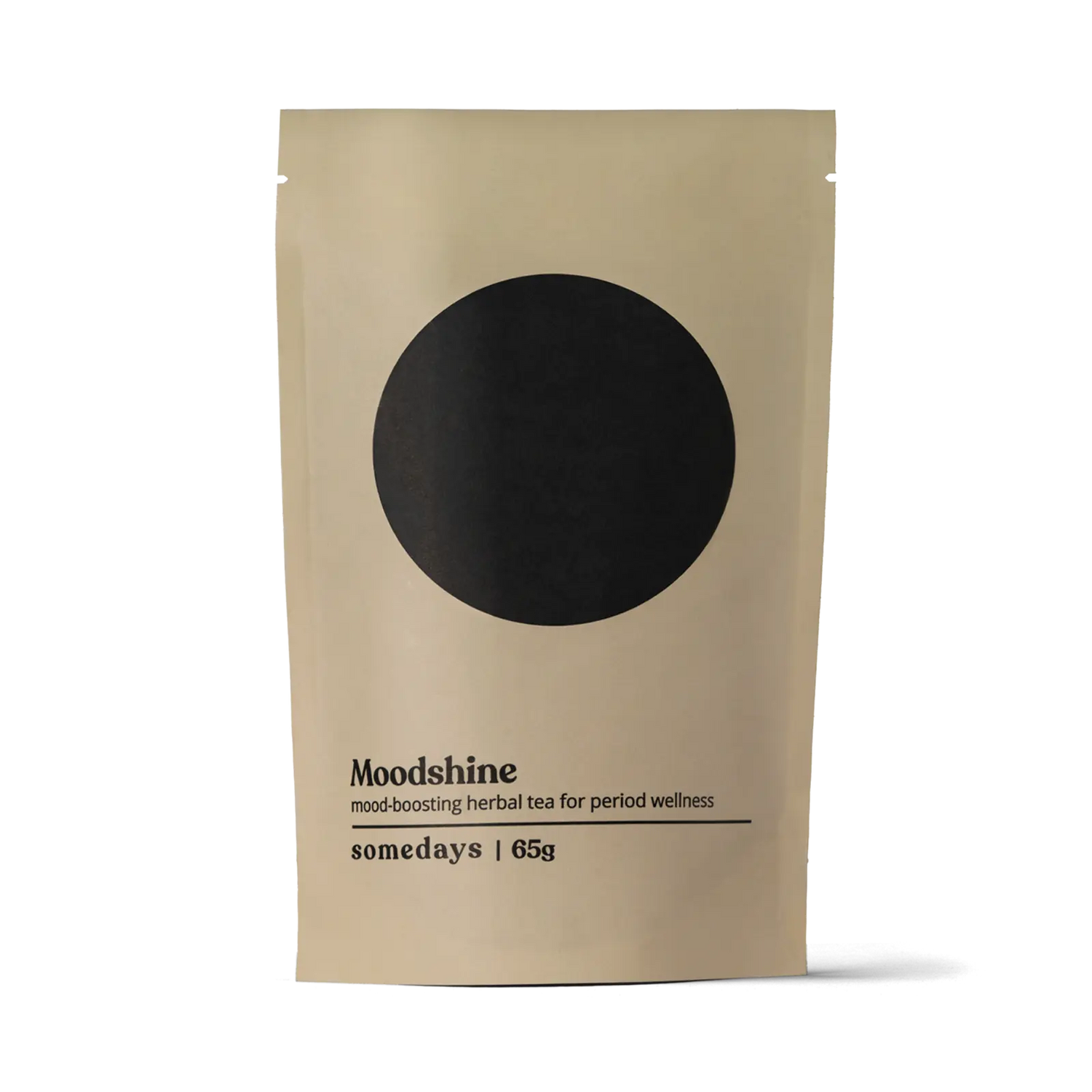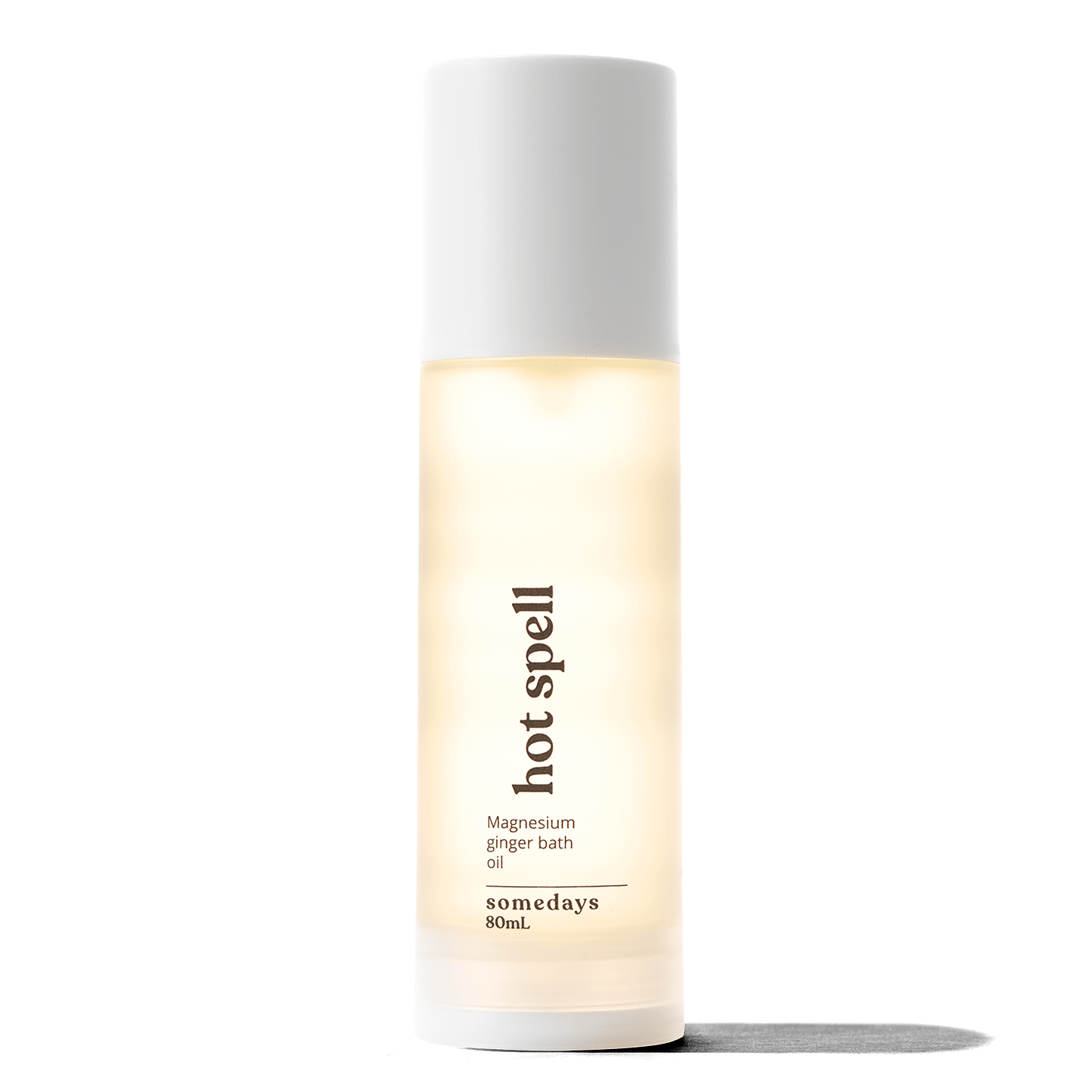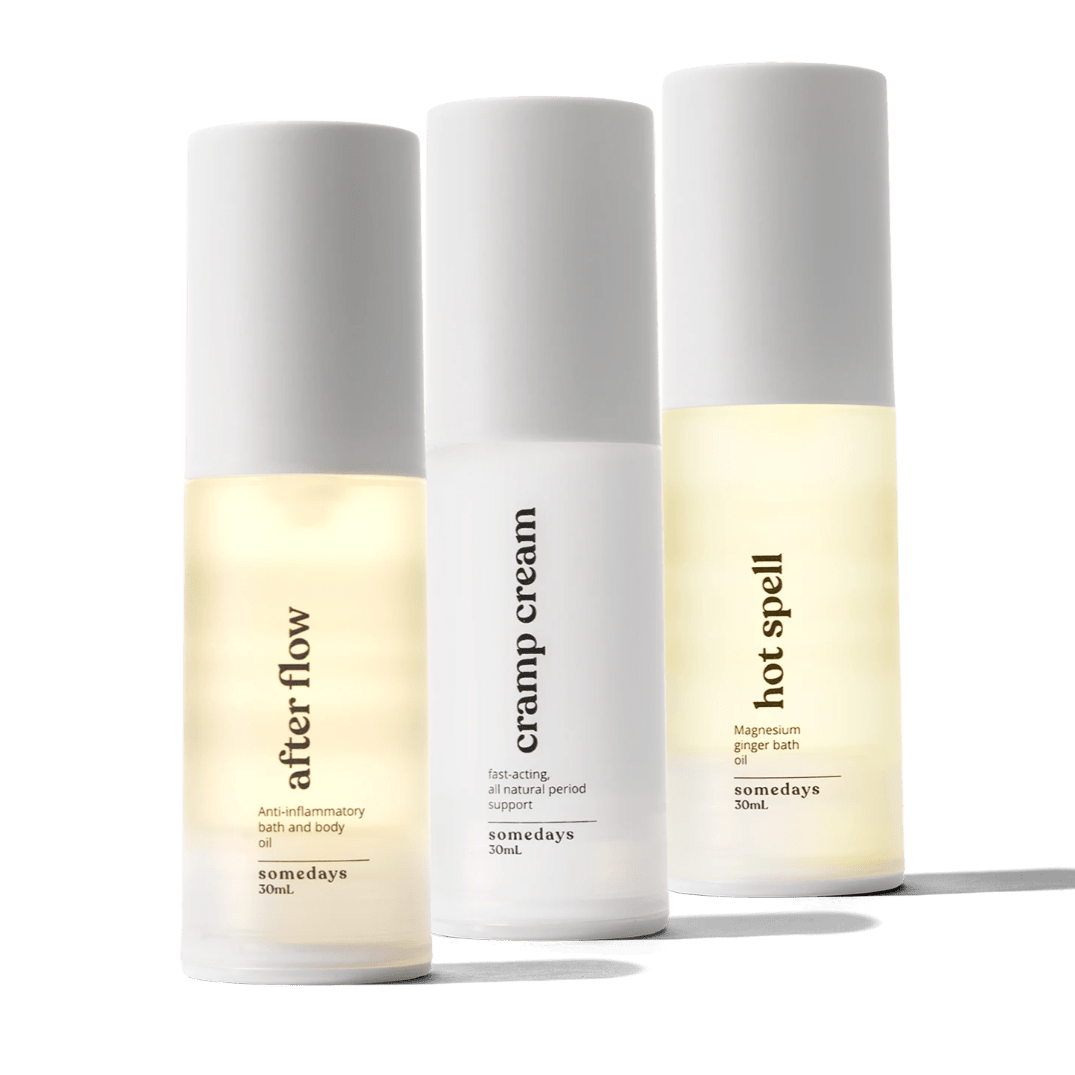What is The Vaginal Microbiome and How To Keep It Healthy

One of my favourite things to talk about is the vaginal microbiome! I learned about it a few years ago when I was on my health journey to understand why I always had yeast infections. Literally, from 5th-8th grade, until I went on the pill, I had the most horrific yeast infections. To the point the whole gym class could smell fish and would question why there was dead fish nearby (it was mortifying for me). I couldn’t sit in my music class without having to excuse myself several times because of the itchiness and burning sensation. I did go to the doctor about it who did a pap smear, the only thing she could tell me was that everything came back normal and that I would ‘grow out of it.’
This never made sense to me but as part of a society where doctors are considered superior to their patients, I trusted them and assumed whatever they were telling me was fact. Years later, after I came off the hormonal birth control pill of 13 years I noticed that I was getting yeast infections every time I ended my period, alongside a urinary tract infection (UTI). It was around this time that I learned that yeast infections are actually not normal and usually a sign of something going wrong on in the gut.
Research has found that the vaginal microbiome plays a huge role into our health. There are a wide range of bacteria that grows all over our body including in our vagina such as lactobacillus. They’ve even found that the out of balance vaginal microbiome is associated with pre-term birth & delivery (Hocevar, Maver et al 2019).
Some of the most common vaginal yeast infections are candida and bacterial vaginosis. You may even notice that after you take rounds of antibiotics that you get a yeast infection, not necessarily BV, or symptoms of one? That is because what is going on in your gut microbiome can impact the bacterial all over your body.
We also notice that bacterial overgrowth is quite common for people those with endometriosis, PCOS, hypothyroidism, and fibroids. I found that working on supporting my gut microbiome not only helped my endometriosis, fibroids, and PMS but it also got rid of the chronic yeast infections that I used to get all of the time. So here are my top 5 ways to support healthy vaginal microbiome:
1. Reduce refined sugar intake & dairy
Bacteria like candida actually thrives on refined sugar and carb intake. When I am saying ‘refined’, I mean reducing things like cupcakes, pastries, white bread, white sugar, brown sugar, pasta, etc. You may even find that when you have these type of yeast infections, that you actually start to crave them and that is because this is what the bacteria thrives off of. Also consider cutting out dairy as this is not a bad thing to have in your diet but certain bacteria overgrowth really manifest off of it.
2. Get a good quality probiotic
What does a good quality probiotic look like? After removing sugar you are really going to want to find a probiotic that has an array of bacteria in. Most probiotics that you see will maybe have 2-3 different bacteria strains in them but you want to get one that typically has 8 or more in them. These probiotics typically come in darker bottles, need to be refrigerated to keep the bacteria alive for when you consume them, and unfortunately, cost more. The reason that you want to make sure that there are many bacteria within the probiotic supplement is because if there is bacterial overgrowth like candida, that means there is less of the other bacteria growing because they are being suppressed and overrun. So you want to introduce more of them so all of the bacteria strains can start to work together to balance out. This is also highly recommended after you take antibiotics for anything because it will clear out all of your bacteria. You will need to restore it.
3. Get probiotics in your diet!
Yes, of course there is bacteria you can get from your food! Primarily, a lot of bacteria comes from fermented foods, yogurt, cheese, and milk. Since, I do recommend avoiding dairy milk based products in all forms temporarily, I would recommend looking at fermented foods! Fermented foods like sauerkraut, kimchi, pickles, etc. all contain bacteria within them that when you consume, contribute to your microbiome! You are able to get these at any of your stores and are quite affordable. You can also make them at home with beetroot, cabbage, sweet potato, etc.
4. Do not douche
I am guilty of using these when I was younger for my yeast infections however, they have found that douches are not good for the vaginal microbiome at all which is not going to help your yeast infection.
5. Don’t use soap anywhere on your vulva & vagina
I know that we have seen all of the ads about the products that will make our vagina ‘smell better.’ If your vagina has a smell, it is actually normal. If it has a smell that is similar to fish or something rotting, than there is likely some type of yeast infection. However, using soap can actually alter the microbiome as well (Fashemi, Delaney et al 2013). The research recommends only using water to run through your vulva and vagina because your vagina cleans itself.
Remember, yeast infections are common but not normal. You deserve answers that are going to support you and get your health back to what you want it to be.
Centers for Disease Control and Prevention. Sexually Transmitted Diseases Treatment Guidelines, 2015. MMWR, 64(RR-3) (2015).
Gazvani, R., Fowler, P. A., Coyne, L., Odds, F. C., & Gow, N. A. R. (2013). Does Candida Albicans Play a Role in the Etiology of Endometriosis? Journal of Endometriosis and Pelvic Pain Disorders, 5(1), 2–9. https://doi.org/10.5301/JE.2013.10919
Guo, Y., Qi, Y., Yang, X., Zhao, L., Wen, S., Liu, Y., & Tang, L. (2016). Association between Polycystic Ovary Syndrome and Gut Microbiota. PloS one, 11(4), e0153196. https://doi.org/10.1371/journal.pone.0153196
Fashemi, B., Delaney, M. L., Onderdonk, A. B., & Fichorova, R. N. (2013). Effects of feminine hygiene products on the vaginal mucosal biome. Microbial ecology in health and disease, 24, 10.3402/mehd.v24i0.19703. https://doi.org/10.3402/mehd.v24i0.19703
Hočevar, K., Maver, A., Vidmar Šimic, M., Hodžić, A., Haslberger, A., Premru Seršen, T., & Peterlin, B. (2019). Vaginal Microbiome Signature Is Associated With Spontaneous Preterm Delivery. Frontiers in medicine, 6, 201. https://doi.org/10.3389/fmed.2019.00201
Ma, B., Forney, L. J., & Ravel, J. (2012). Vaginal microbiome: rethinking health and disease. Annual review of microbiology, 66, 371–389. https://doi.org/10.1146/annurev-micro-092611-150157
Vaginitis. NHIOnDemand. Available at http://content.nhiondemand.com/psv/HC2.asp?objID=100638&cType=hc. Accessed: 12/8/08.
Previous Article All Articles Next Article
All ArticlesCramp Cream
Ease period cramps instantly with our plant-based Cramp Cream. Formulated with natural active ingredients that address period discomfort at the root cause, making it an excellent alternative to traditional methods. Cramp Cream lasts up to 3 hours and can be reapplied as needed, anywhere you experience period discomfort.
$32.00
ADD TO CART



